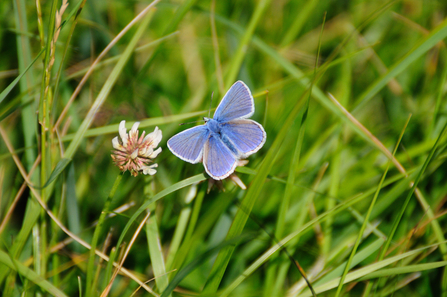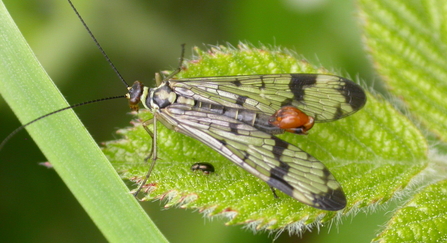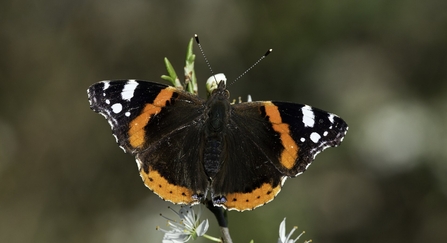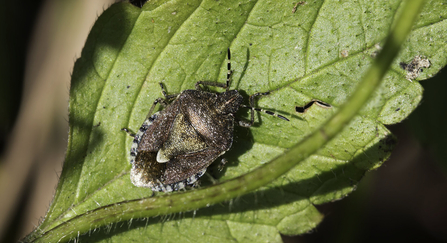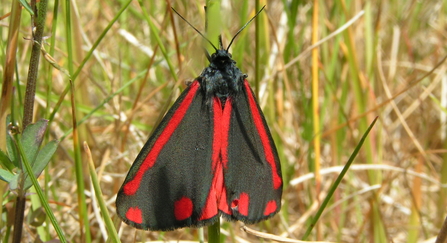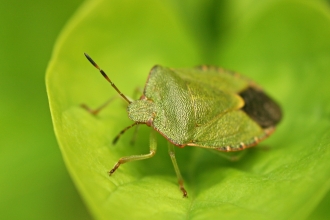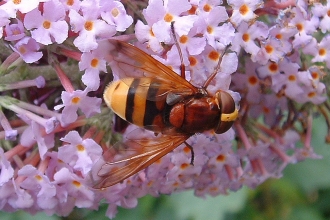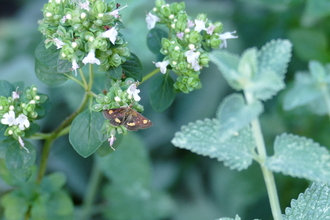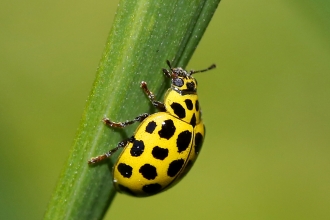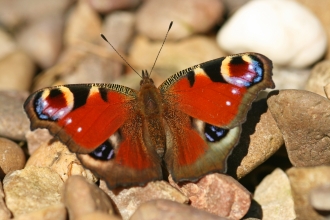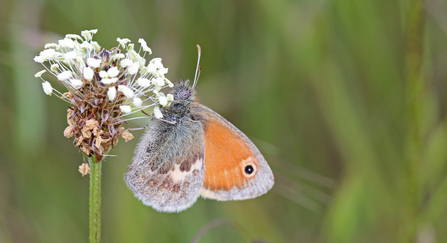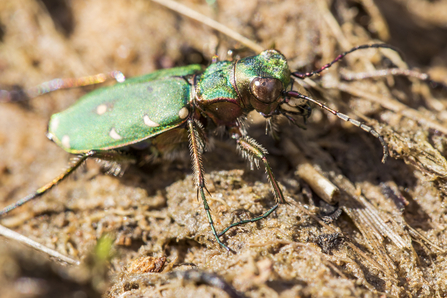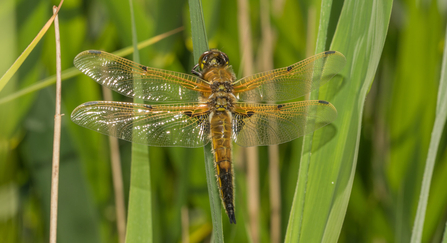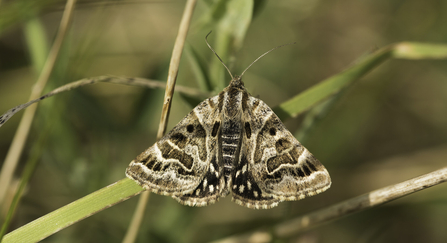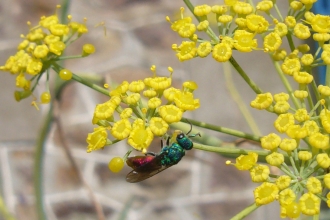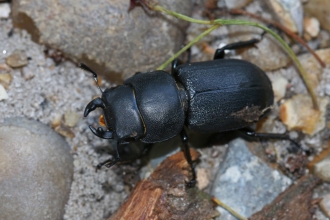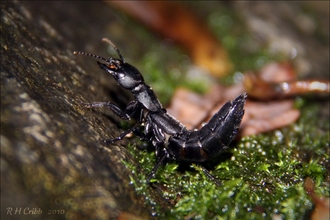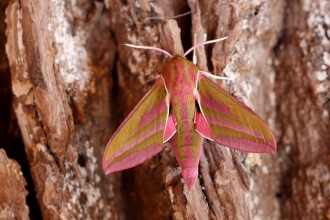One of the most exciting things about 30 Days Wild is that it challenges you to look for nature everywhere. By looking more closely at the wild places around you, even if it’s just a little patch of plants beside a pavement, you can discover all kinds of creatures that you might normally have walked right past without noticing.
Look under leaves, lift up logs (placing them back down carefully), peer into cracks and crevices – who knows what miniature marvels you might find! Some of our most common and overlooked plants, like brambles and nettles, can be a great place to start as insects love them. The broad, flat flowerheads of umbellifers are also worth checking, as they’re very popular with many flies and beetles.
We’ve pulled together a short list of species you could spot this June to inspire you, but this is just a tiny snapshot of the wildlife waiting to be discovered!
Everyday wildlife
These animals can often be found in parks, gardens, and a variety of common habitats across most of the UK – though you might have to search to find them.


